
- Confidently respond to the respiratory and cardiovascular emergencies that occur after surgery
- Take away essential post-op assessment strategies to identify early concerns
- How can the medications used during surgical cases present challenges afterwards when the patients admit to the floor?
- Emergent interventions for patients with known or unknown sleep apnea
- Documentation strategies for the crisis post-op patient situations
- Anticipate the unique needs for your Obese, Pediatrics, Geriatrics & Obstetrics patients
Post-operative complications can be fatal if not recognized and treated rapidly. Complications can lead to extended hospital stays, increased cost, and diminished quality of life. If you care for patients who have received sedation, anesthesia and analgesia in the operative, interventional or diagnostic setting, this seminar is for you. Utilizing case studies and the latest evidence-based practice guidelines, Michael Greco, DNP, CRNA, CPAN, CAPA, will sharpen your understanding of the factors associated with post-operative risk.
Many post-operative complications, including potentially-fatal malignant hyperthermia, can occur in the immediate post-operative period. While other potential complications may present a little later into the follow-up care provided. Plan on attending this seminar and learn the many components needed to adequately evaluate patients following surgery, including: current (sometimes subtle) assessment findings that could flag something more significant, increased patient safety considerations, and strategies to prevent crisis situations from even happening.
- Develop response plans for the most likely respiratory and cardiovascular emergencies to occur post-operatively.
- Communicate the regulatory issues and standards driving changes in post-anesthesia practice today.
- Assess strategies to identify concerns early on in the patient following surgery.
- Evaluate the key elements involved in related malpractice cases.
- Appraise how the medications used during surgical cases can present challenges afterwards when the patients admit to the floor.
- Formulate effective documentation samples for emergent post-op patient cases.
- Analyze why certain populations pose unique challenges post-operatively to be able to anticipate needs.
- Plan for emergent interventions for patients with known or unknown sleep apnea.
Critical Elements in Perianesthesia Care
- Co-existing disease process and anesthesia
- Levels of sedation and advantages/ disadvantages (conscious sedation, MAC, general)
- Intubation techniques and equipment (standard versus emergency)
- Differentiating spinal and epidural blocks
- Safe management of catheters
- Emergency identification and management of complications
- Regional nerve blocks (Neck, upper and lower extremity, eyes)
- Identifying potential emergencies and complications resulting from regional blocks
- Horners syndrome
- Pneumothorax, vertebral artery injection
- Hematoma and intravascular injection
Anesthetic Medication Complications
- Pharmacokinetics and pharmacodynamics
- Benzodiazepines
- Opioids
- Induction agents
- Inhalation agents and physiology
- Depolarizing and non-depolarizing muscle relaxants
- Acetylcholine receptor competitive antagonists
- Antiemetics
- Common emergency medications in the perianestheisa setting
Post-operative Complications with Clinical Application (Real Life Case Studies)
- Modulation of pain
- Pharmacologic and non-pharmacologic methods to employ
- Physiologic complications from pain
- Local Anesthetic Systemic Toxicity (LAST)
- Signs and symptoms (early and late)
- Treatment algorithm
- Post-op Nausea and Vomiting (PONV):
- Risk factors, medication management, prophylaxis, rescue therapy
- Hypothermia: Heat loss physics, delayed awakening, warming interventions
- Perform a focused yet thorough physical assessment (systems review)
Respiratory Emergent Complications (Real Life Case Studies)
- Airway obstruction: Upper and lower
- Pharyngeal muscular weakness
- Laryngospasm vocal cord paralysis
- Airway edema
- Other airway emergencies:
- Postoperative cervical hematoma
- Foreign bodies
- Residual effects of anesthesia
- Pharmacologic reversal
- Compromised oxygen exchange
- Bronchospasms
- Non-cardiogenic pulmonary edema
- Hypoventilation and hypoxia
- Pulmonary embolism
- Pseudeocholinesterase deficiency
- Atelectasis
- Aspiration
- Pneumothorax
- Emergency tracheotomy
Obstructive Sleep Apnea Airway Emergent Complications (Real Life Case Studies)
- Physiology of OSA
- Comorbidities of concern
- Diagnosis
- Planning for treatment
- Emergency interventions
- Effects on airway management and ventilation
- Implications for care across the perianesthesia setting
Cardiovascular Emergent Complications (Real Life Case Studies)
- Pulmonary edema
- Fluid overload
- LV failure
- MV dysfunction
- Hypertension and hypotension
- Postoperative dysrhythmias
- Myocardial infarction
- Hypervolemia and hypervolemia
Neuropsychiatric Emergent Complications (Real Life Case Studies)
- Emergence delirium/excitement
- Somnolence
- Visual disturbances
- Intraoperative awareness
- Malignant hyperthermia
Post-operative Urinary Retention Concerns
- Risk factors to heighten awareness
- Evaluation and the latest in treatment
High Risk Populations: Tips to Reduce Potential Complications
- Obese patients
- Pediatric patients
- Obstetric patients
- Geriatric patients

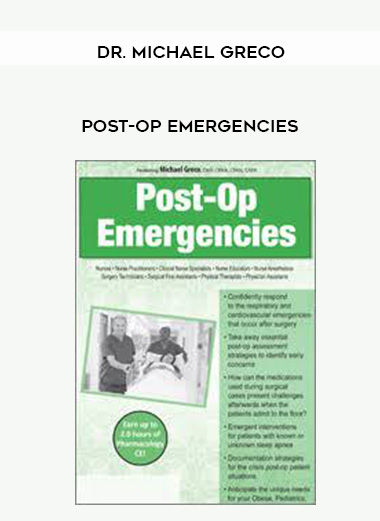
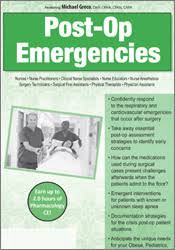
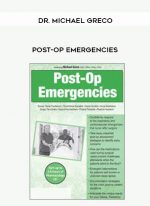
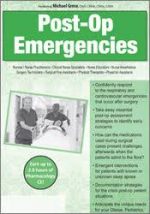



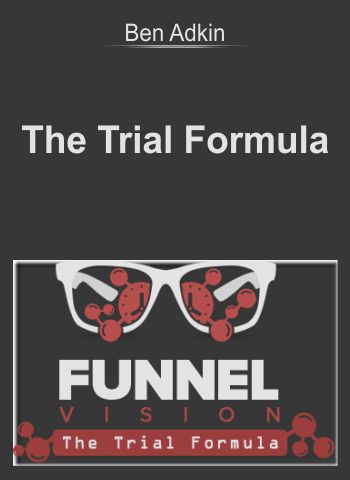
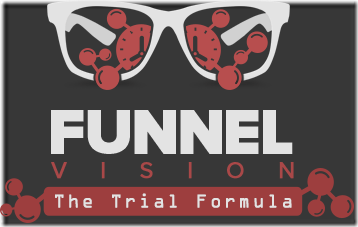
























Reviews
There are no reviews yet.